How to read ECG data?
 Apr 03,2025
Apr 03,2025

 Uryn
Uryn
Here’s a concise breakdown of the key Compact Patient Monitor parameters and their significance for post-operative monitoring:
1.Heart Rate (HR)
- Normal Range: 60–90 bpm (athletes may have lower rates, e.g., 50–60 bpm).
- Post-Op Note: Elevated rates may indicate pain, dehydration, or stress; low rates may signal medication effects (e.g., beta-blockers).
2.Blood Oxygen Saturation (SpO₂)
- Normal Range: ≥90% (healthy individuals: 95–100%).
- Post-Op Concern: Below 90% suggests hypoxia; common causes include lung atelectasis, sedation, or poor perfusion.
3.Blood Pressure (BP)
- Normal Range:
(1) Systolic (top): 90–140 mmHg.
(2) Diastolic (bottom): 60–90 mmHg.
- Post-Op Risks:
(1) High BP: Pain, fluid overload, or pre-existing hypertension.
(2) Low BP: Bleeding, dehydration, or shock.
4.Respiratory Rate (RR)
- Normal Range: 12–20 breaths/min (post-op may be slightly higher due to pain/anxiety).
- Warning Signs:
(1) >24/min: Pain, infection, or pulmonary complication.
(2) <10/min: Opioid overdose or sedation effect.
5.Body Temperature
- Normal: ~37.5°C (post-op may rise slightly due to dehydration or inflammation).
- Critical Thresholds:
(1) >38°C: Possible infection (monitor for sepsis).
(2) <36°C: Risk of hypothermia (common after prolonged surgery).
6.ETCO₂ (Optional)
- Normal Range: 35–45 mmHg.
- Post-Op Use: Assesses ventilation adequacy; low values may indicate hyperventilation, high values suggest hypoventilation (e.g., opioid-induced).

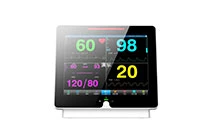

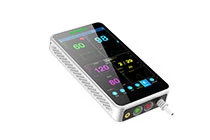
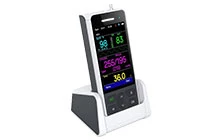
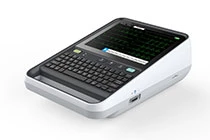
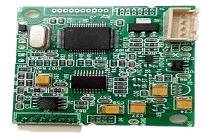




 Home
Home
 Industry-Leading RN S5 Portable Telemetry Monitor
Industry-Leading RN S5 Portable Telemetry Monitor  You May Also Like
You May Also Like

 Tel
Tel
 Email
Email
 Address
Address












